E320 BUTYL HYDROXYANISOLE (BHA)
Butylated hydroxyanisole was the first synthetic antioxidant. This compound is a set of stable substances, insoluble in water, to which other antioxidant additives are added.
Butylhydroxyanisole can be found in cakes, biscuits, cereal derivatives, dressings, sauces and ready-made soups, nuts, milk powder, potato flakes, food flavorings, chewing gum, etc.
Also for this additive there are conflicting opinions on its degree of toxicity: some scholars have not ruled out that butyl-hydroxyanisole may be carcinogenic or mutagenic, while others object to this thesis, arguing that the experiments were carried out on rats and not on humans. . However, doubts remain: it is thought, in fact, that butyl hydroxyanisole also contributes to increasing blood cholesterol and lipid levels, and favors the formation of gastric enzymes in the liver, fueling the destruction of other substances such as vitamin D.
This additive cannot be added to baby products and is also not recommended for pregnant women and nurses.
No negative side effects are currently known at the concentrations used, although some pseudo-allergic reactions have been recorded.
Butylated hydroxyanisole (BHA), in combination with high concentrations of vitamin C, can produce free radicals responsible for damage to cellular components. This prompted the EU to limit its use in the near future.
ADI DOSE: 0.3-0.5 mg per kg of body weight (provisional value).
E321
.jpg)

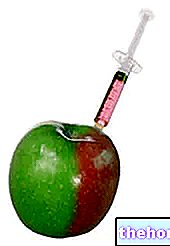
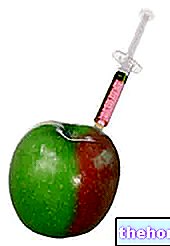

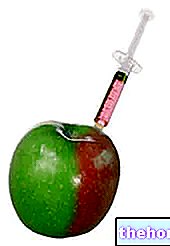
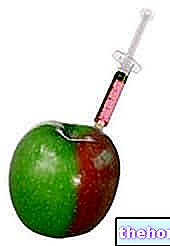
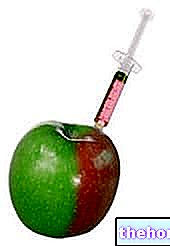
















-nelle-carni-di-maiale.jpg)




